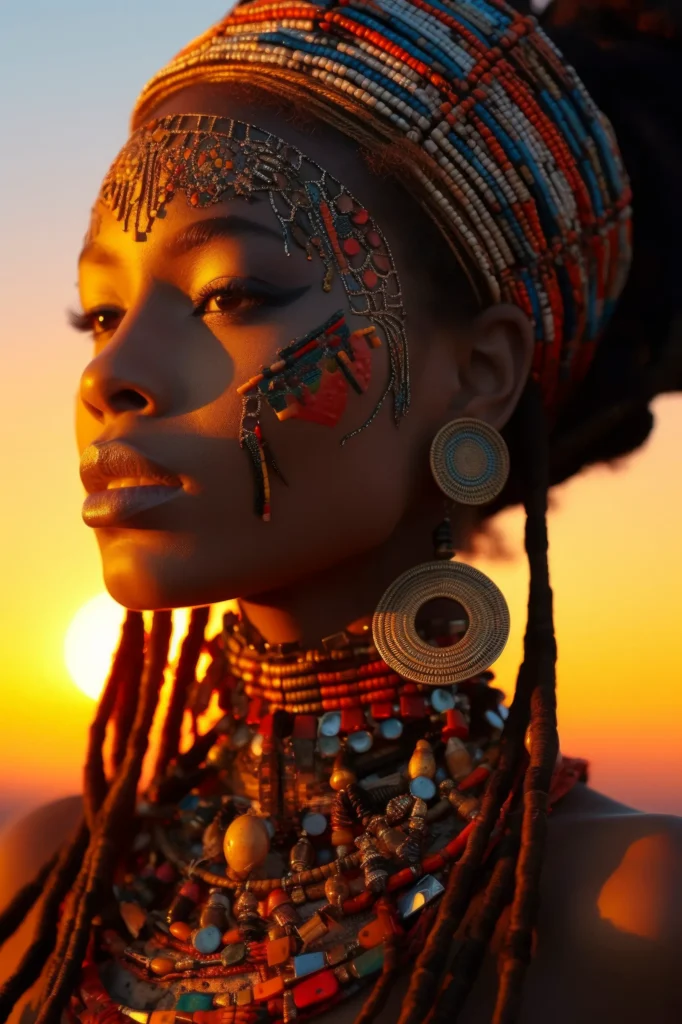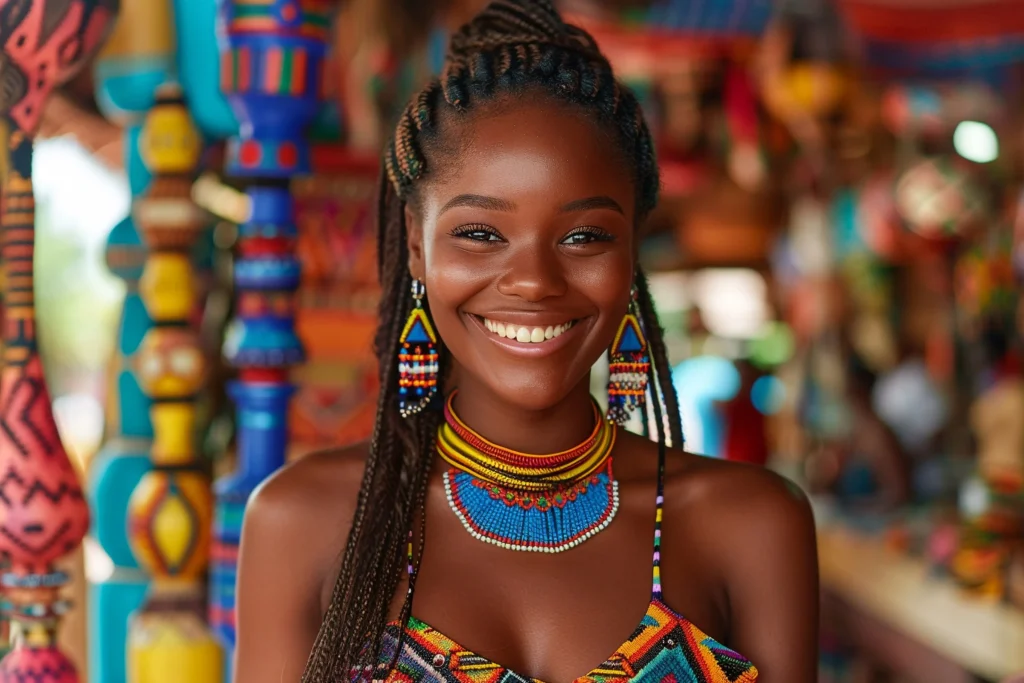Welcome to the enchanting world of Dadiyanki, where ancient Nigerian artistry meets cultural richness and deep symbolism. Dive into a realm where tradition intertwines with creativity, unveiling a mesmerizing tapestry of history, techniques, and meaning. Join us on a journey to discover the beauty and significance of Dadiyanki art—a treasure trove waiting to be explored!
Historical Roots
The history of Dadiyanki dates back centuries in Nigeria. Originating from the Hausa culture, this ancient art form is deeply rooted in storytelling and cultural expression. Passed down through generations, Dadiyanki holds a special place in Nigerian heritage. The word “Dadiyanki” translates to intricate or delicate craftwork in Hausa, highlighting its significance beyond mere aesthetics.
The Evolution of Dadiyanki

Dadiyanki has evolved over time, transitioning from functional items to decorative pieces that showcase craftsmanship and creativity. Today, efforts are made to preserve and revive the Dadiyanki tradition amidst modern challenges, ensuring this unique art form continues to thrive.
The Essence of Dadiyanki Art
Dadiyanki art is characterized by intricate designs and delicate craftsmanship. Artists employ a variety of techniques to bring their visions to life, often combining drawing, engraving, and painting. They use natural materials like wood, clay, and fabric to create stunning pieces that are not only visually appealing but also rich in cultural significance.
Techniques and Materials Used in Dadiyanki
Artisans of Dadiyanki use several meticulous techniques and materials that have been passed down through generations:
- Weaving: Traditional artisans often weave intricate patterns using natural fibers such as palm leaves, raffia, and straw, allowing for flexibility and durability in their designs.
- Engraving: This technique involves using sharp tools to carve detailed patterns into wood or clay, creating a textured effect that adds depth to the artwork.
- Painting: Artists apply natural dyes and pigments derived from local plants and minerals, resulting in vibrant colors that reflect Nigeria’s natural beauty.
- Embroidery: In some cases, Dadiyanki art extends to textile work, where artists use fine threads to create detailed embroidery patterns that incorporate traditional motifs.
Symbolism and Meaning Behind Dadiyanki Artworks

Every piece of Dadiyanki art carries rich symbolism and deep meanings, reflecting the cultural beliefs and values of the Nigerian people. Each intricate design tells a story about love, strength, fertility, or spirituality. Colors also carry significance; for instance, vibrant hues like red symbolize passion, while earth tones connect to stability.
Patterns often feature geometric shapes or repetitive motifs that convey concepts like unity or protection against evil forces. The materials used are carefully selected, adding layers of meaning to each artwork.
The Cultural Significance of Dadiyanki

Dadiyanki art is more than just a visual representation; it plays a vital role in preserving and passing down important cultural narratives:
- Storytelling: Each piece serves as a visual narrative, capturing stories from Hausa folklore and daily life, often passed down orally.
- Rituals and Ceremonies: Dadiyanki art is significant in various Hausa rituals, used to decorate spaces and symbolize important events.
- Education: Through detailed and symbolic designs, Dadiyanki artworks teach valuable lessons about Hausa history and traditions.
Contemporary Relevance and Global Impact
While deeply rooted in tradition, Dadiyanki continues to evolve in contemporary Nigerian society. Modern artists incorporate traditional techniques with new materials and aesthetics, keeping the art form relevant:
- Innovation and Adaptation: Contemporary artists often experiment with materials, blending traditional craftsmanship with modern design to resonate with younger audiences.
- Global Influence: Dadiyanki’s unique beauty has attracted international attention, allowing artists to share their work globally, fostering greater appreciation for Hausa culture.
- Economic Impact: The growing popularity of Dadiyanki art has positively influenced Nigerian communities by supporting local artists and contributing to sustainable livelihoods.
Challenges and Preservation Efforts
Despite its rich heritage, Dadiyanki faces challenges in the modern world, including:
- Cultural Erosion: The rise of modernity sometimes overshadows traditional practices, making preservation efforts crucial.
- Resource Availability: Access to traditional materials may be limited, impacting the ability to create authentic Dadiyanki artworks.
To counter these challenges, artisans and communities are working diligently to preserve the Dadiyanki tradition through education, workshops, and collaborations.
Best Practices for Supporting Dadiyanki Art

Here are some ways to support and promote Dadiyanki art:
- Awareness: Educate others about the significance and beauty of Dadiyanki art through social media and community events.
- Purchasing: Buy artworks from local artisans to support their livelihoods and help sustain the craft.
- Participation: Engage in workshops or cultural events that promote Dadiyanki, fostering community involvement and appreciation.
Conclusion
Dadiyanki art is a testament to the rich cultural heritage of the Hausa people and the enduring power of artistic expression. Through its intricate designs, deep symbolism, and cultural significance, it offers a unique glimpse into Nigeria’s past and present. By celebrating and supporting Dadiyanki, we ensure that the stories and traditions of the Hausa people remain alive for generations to come. Embrace the beauty and richness of Dadiyanki art, and let its timeless allure inspire you.





















+ There are no comments
Add yours